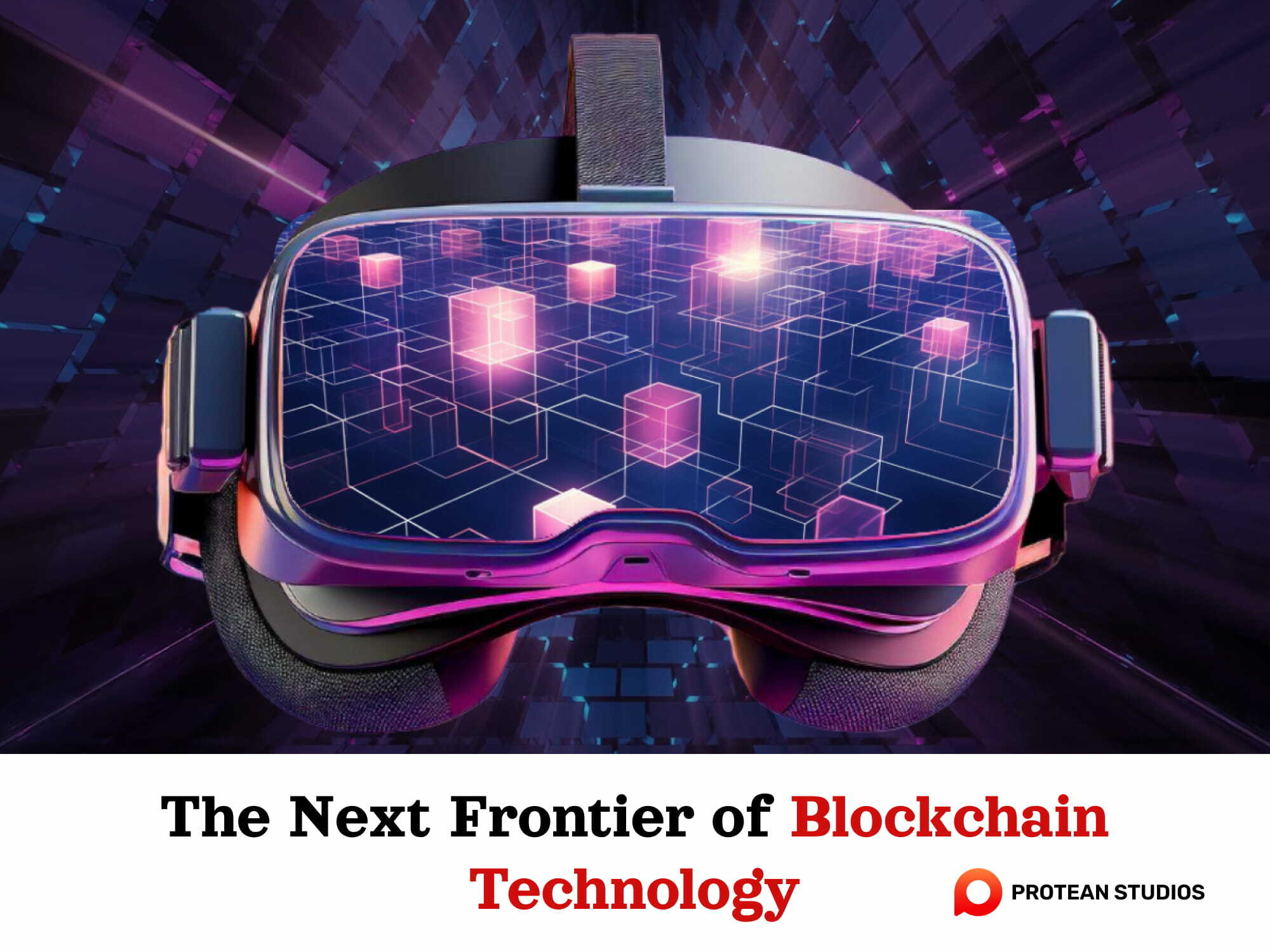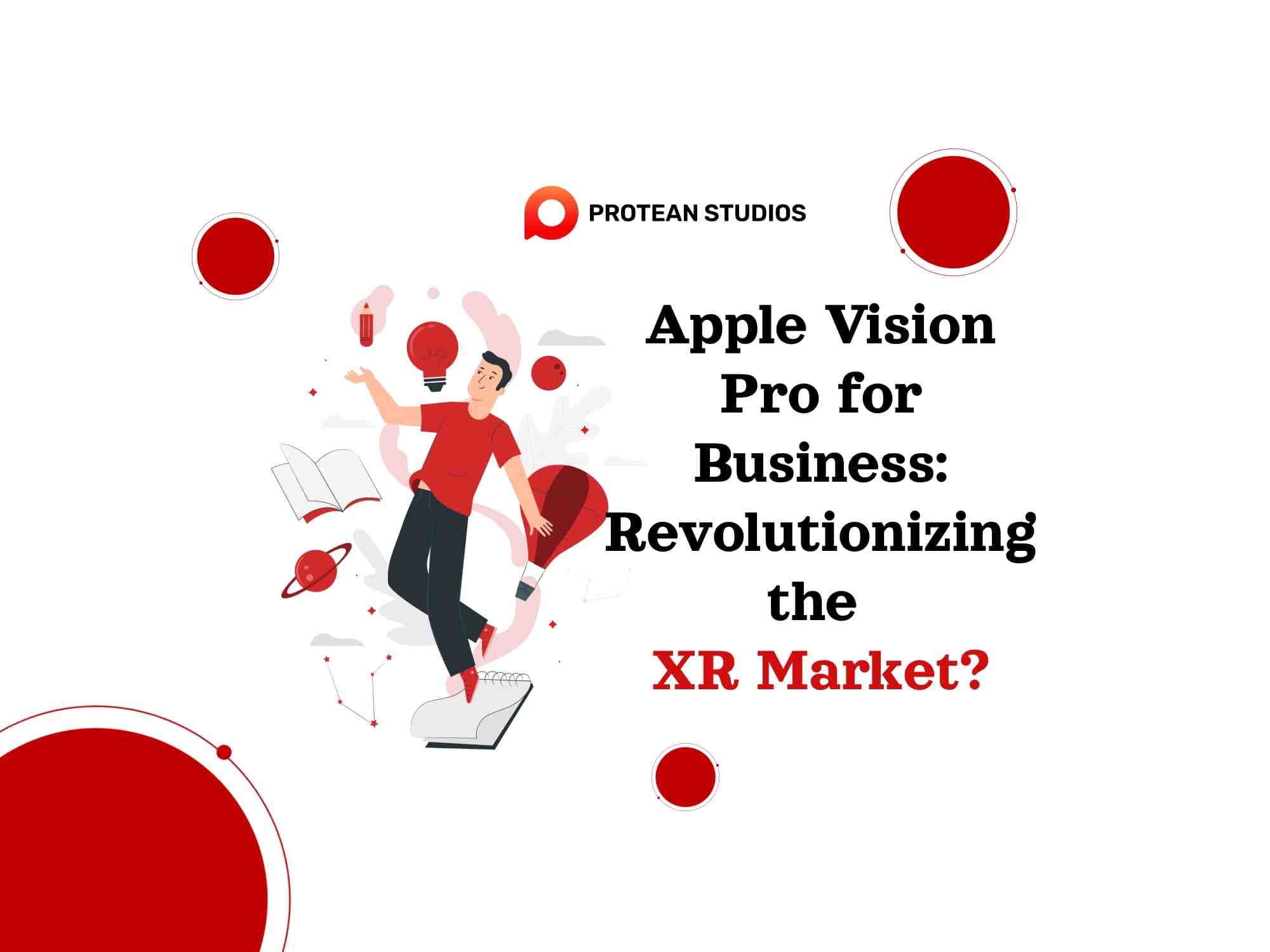Although traditional marketing and social media marketing share the same goal of promoting a product or service, they are two distinct approaches to reaching the target audience. If you are interested in both marketing and advertising, follow the article. In this blog, Protean Studios will explain and give detailed information about the differences between the two types.
Things about social media marketing
Social media marketing (SMM) means using platforms like Facebook, Twitter, TikTok, and Instagram to promote stuff. It's all about making content that people want to share with their friends. The goal is to get more people interested in buying or using whatever you're selling.
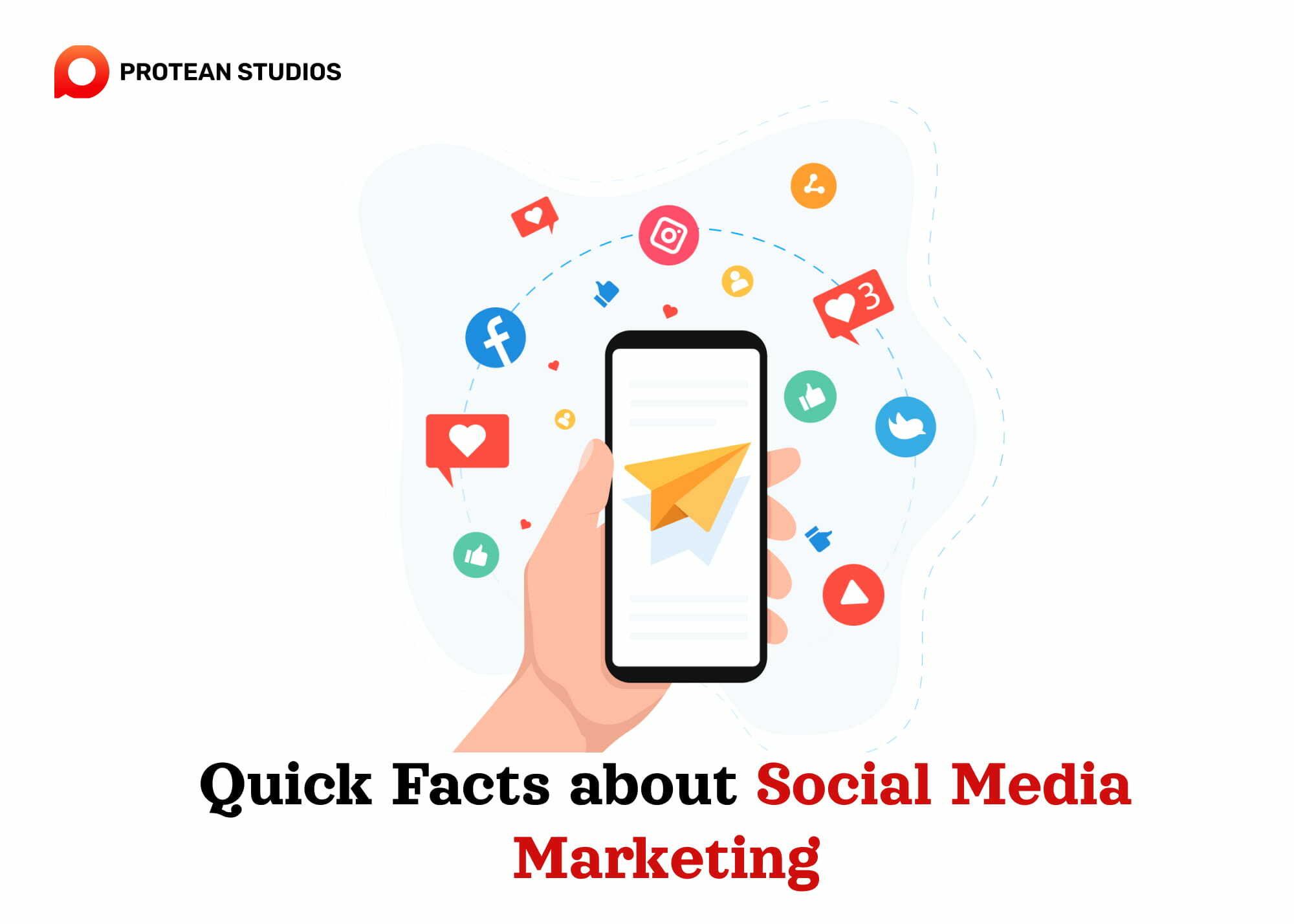
It also includes making posts on these platforms and paying to put ads where certain groups of people are more likely to see them. One convenient thing about SMM is that you can talk to customers right away. If customers or audiences leave a comment or message, you can respond quickly. This helps people feel connected to your brand and want to stick around.
Another great thing is that it's super specific. You have the power to select the audience for your ads according to factors such as age, interests, and location.This makes the company's marketing efforts more effective.
Read more: What Is Social Media Marketing?
Facts about traditional marketing
Unlike social media marketing, traditional marketing uses conventional advertising channels such as print ads in newspapers, magazines, television, and radio, or direct mail campaigns. These marketing methods will connect with a wide audience and are great for getting your brand known.
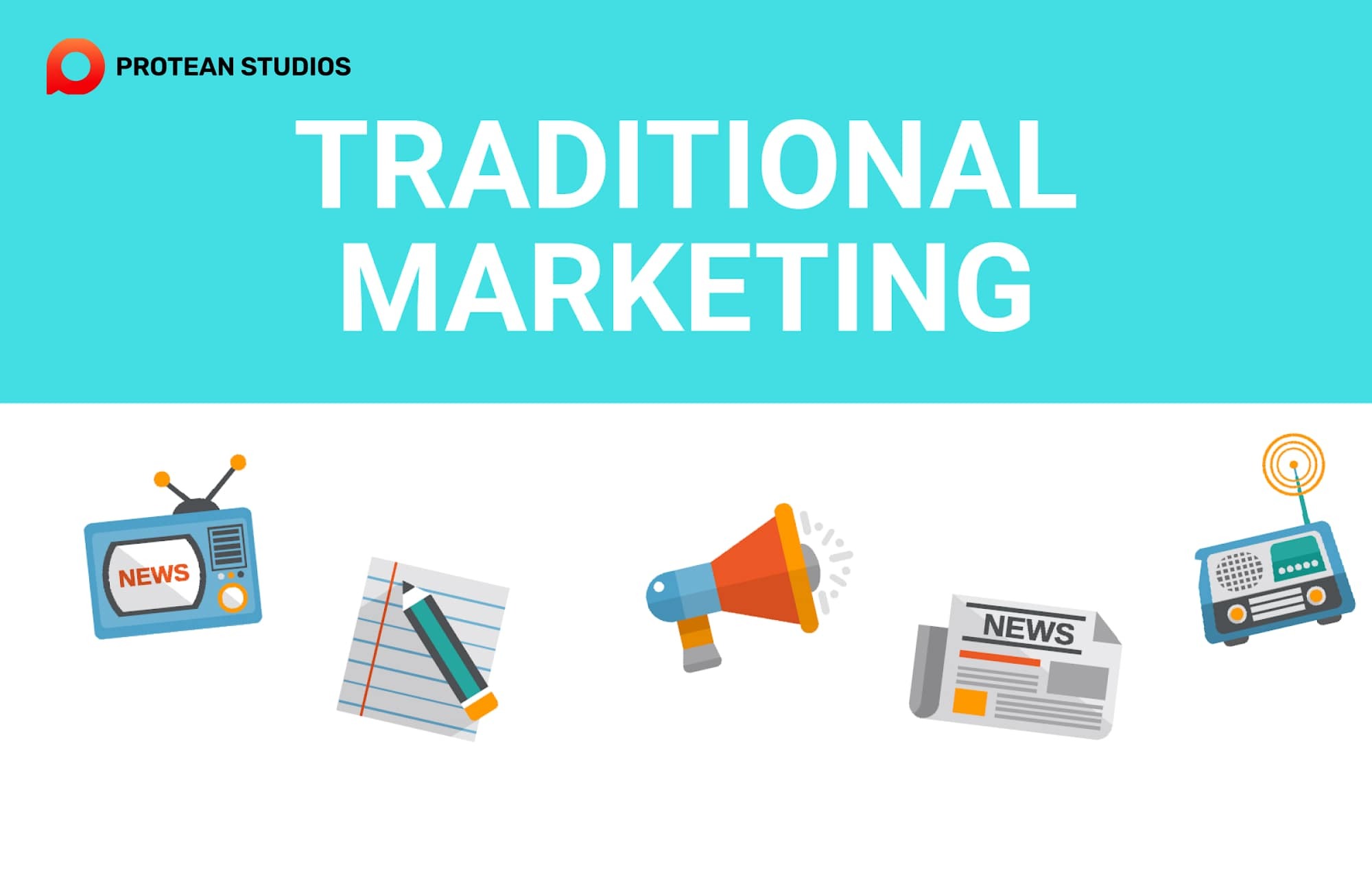
Traditional marketing can involve face-to-face events like trade shows and demos, as well as giving away items like shirts with your logo on them. It also relies on repetition to build brand recognition. Seeing a brand's logo or slogan repeated on billboards, TV commercials, or in print ads can influence consumers.
“Research by the American Marketing Association shows that repeated exposure to a brand logo can increase sales intention by up to 5%.”
Social media marketing vs. traditional marketing: What is the difference?
Although they have the same target of boosting products and services, traditional marketing and social media marketing have some differences, as below:
Feature | Social media marketing | Traditional Marketing |
Channels | Online platforms (Facebook, Instagram, TikTok, Youtube, Twitter, etc.) | Offline media (billboards, newspapers, magazines, radio, and TV commercials) |
Reach and targeting | Targeted reach based on demographics, interests, and online behavior | Broader reach, less precise targeting |
Communication | Two-way communication allows for interaction with the audience. | One-way communication and limited interaction between audiences and brands |
Cost | Cost-effective | Expensive |
Measurability | Easy to measure results through analytics (impressions, clicks, buy products, engagement) | It is not easy to measure effectiveness. |
Engagement | Fosters brand loyalty and encourages conversation. | Limiting direct interaction |
Examples | Influencer marketing, or KOL, user-generated content, social media contests, | Print ads, TV commercials, radios, podcasts, and billboards |
FAQs: Traditional Marketing vs. Social Media Marketing
1. How does audience engagement differ between traditional marketing and social media marketing?
Traditional Marketing | Social Media Marketing (SMM) |
|
|
2. What metrics are used to measure success in traditional marketing and social media marketing?
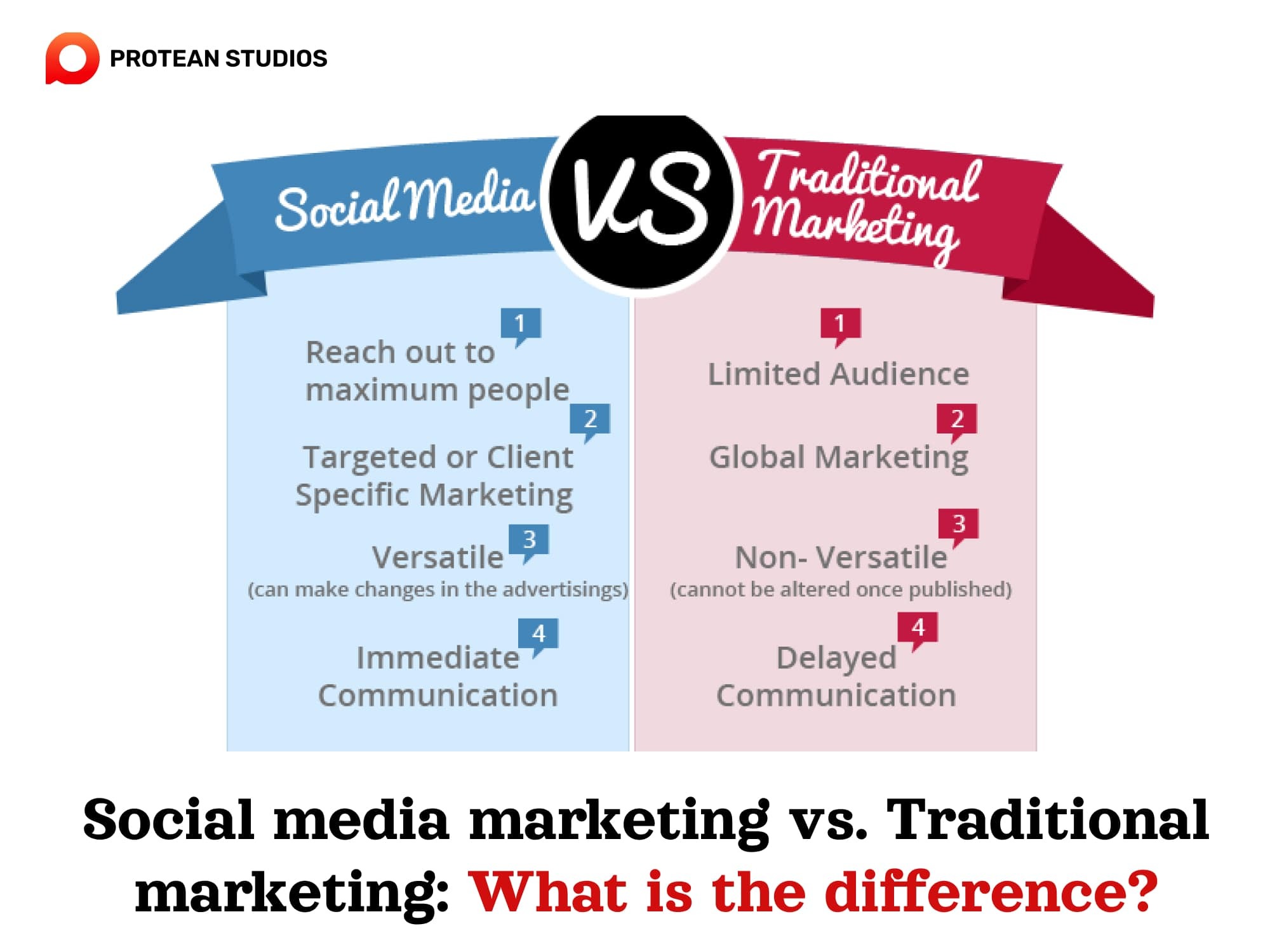
For traditional marketing, it will be difficult to measure the effectiveness of the strategy. Yet, marketers can use some metrics, like
Print Ads: It's difficult to know how many people saw the ad, let alone if it influenced their behavior.
TV Commercials: We can track Nielsen ratings to see how many people were watching a particular program, but this doesn't tell us if they paid attention to the commercial or remembered the brand.
Social media marketing offers a wealth of data for measuring success.
Impressions: “How many times?”
Clicks: “How many people clicked?”
Engagement: Likes, comments, and shares all show how interested people are in your content.
Conversions: Did people who saw your social media post take a desired action, like signing up for a newsletter or making a sale?
3. How does creating a SMM plan differ from a traditional marketing plan?
Making a plan for SMM requires more specific and targeted marketing than traditional marketing. It focuses on individual social media platforms and their unique audiences. It should include audience research to understand who you're trying to reach, content creation strategies, and a plan for interacting with your audience on social media platforms.
Thus, if you want to build a detailed plan, you can see the guidelines here: How to build an efficient social media marketing strategy
4. How do traditional marketing strategies differ from social media marketing tactics?
Traditional marketing strategies | Social media marketing tactics |
|
|
In general, traditional marketing and social media marketing have some differences in reach, interaction, targeting, speed, etc. Depending on your strategy, you can choose a suitable method for your marketing strategy. Each method has its own benefits and helps companies reach their target.



